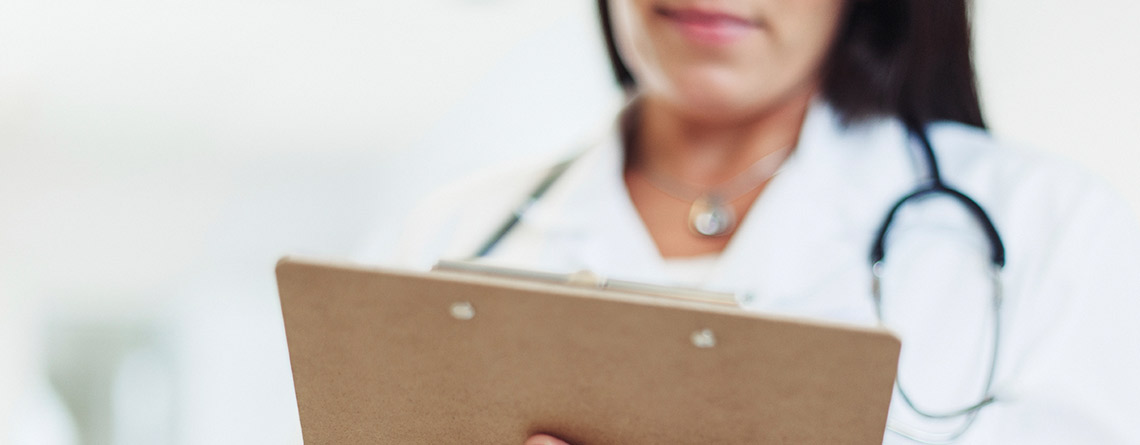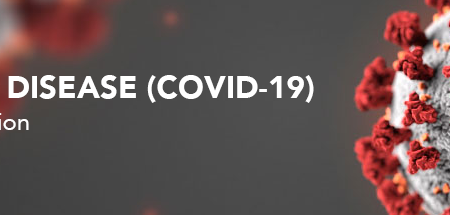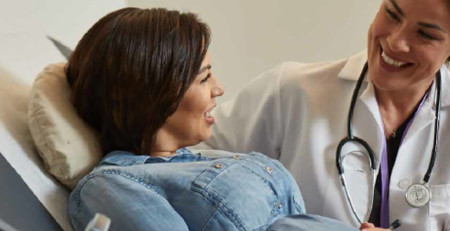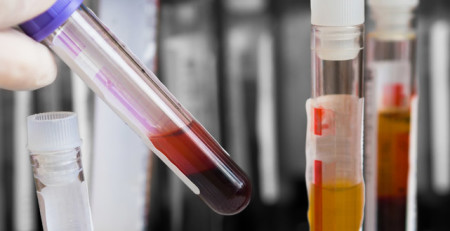Annual Chlamydia Screening—No Pelvic Necessary!
Annual chlamydia screening is recommended for all sexually active women ages 15 to 24, as well as older women with risk factors such as new or multiple sex partners, or a sex partner who has a sexually transmitted infection. Nucleic Acid Amplification Tests (NAATs) are the most sensitive tests, and can be performed on easily obtainable specimens such as urine or vaginal swabs (either clinician- or patient-collected).
The Centers for Disease Control estimates that nearly 20 million new sexually transmitted infections occur every year in this country, half among young people ages 15-24. The majority of persons with C. trachomatis infection are not aware of their infection because they do not have symptoms that would prompt them to seek medical care. Consequently, screening is necessary to identify and treat this infection. Screening programs have been demonstrated to reduce rates of adverse sequelae in women. According to the National Commission on Prevention Priorities, if 90% of eligible young females were screened for chlamydia, 30,000 cases of pelvic inflammatory disease could be prevented each year.
How is chlamydia diagnosed?
There are a number of diagnostic tests for chlamydia, including NAATs, cell culture, and others. NAATs are the most sensitive tests, and can be performed on easily obtainable specimens such as vaginal swabs (either clinician- or patient-collected) or urine.
Which tests do I use? Examples of NAATs include APTIMA® COMBO2 Assay (GEN-PROBE), CT APTIMA®, CT TMA.
How do I collect the specimen?
Although vaginal swabs, either patient- or clinician-collected, are the optimal specimen to screen for genital chlamydia using NAATs in females, urine is also an effective alternative specimen type for females. Self-collected vaginal swab specimens perform at least as well as other approved specimens using NAATs. In addition, patients may prefer self-collected vaginal swabs or urine-based screening to the more invasive endocervical specimens. Adolescent girls may be particularly good candidates for self-collected vaginal swab- or urine-based screening because pelvic exams are not indicated if they are asymptomatic.
Women should be informed that for a:
- Urine sample — Do not urinate for 1 hour before a urine sample is collected; the specimen should be obtained as the FIRST portion of the void. The first 20-30ml should be collected in a urine collection cup free of preservatives; the labial area should NOT be cleansed prior to obtaining the specimen.
- Vaginal/Cervical sample — Women should not douche or use vaginal creams or medications for 24 hours before having the test.
How do I code for this?
Texas Children’s Health Plan exclusively uses Quest for laboratory testing. The CPT code for the NAAT testing is 87491.
Other CPT Codes for chlamydia testing/screening include: 87110 and 87270
Do I need to report a positive chlamydia test?
Reporting chlamydia is mandated by the state of Texas. The primary responsibility for reporting rests with the physician, although laboratories, nursing homes, hospitals, and other locations providing health services are also required to report. For more information regarding Texas’ STD Reporting Requirements, and to order reporting forms, go to: https://www.dshs.state.tx.us/hivstd/healthcare/reporting.shtm







Leave a Reply
You must be logged in to post a comment.